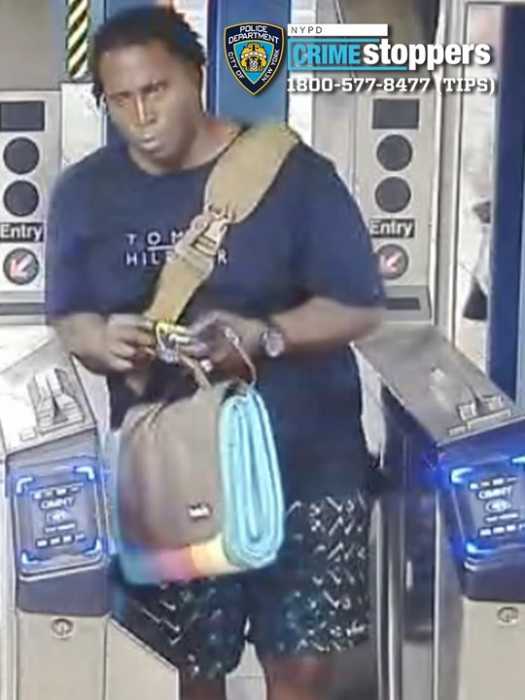By Stephen Witt
A major player in the development team at 360 Furman Street took off the gloves last week in response to allegations that they got a sweetheart deal through ties to former Governor George Pataki. Thomas Murphy, the managing consultant of RAL Companies, said the deal in which the property pays toward maintenance of the planned Brooklyn Bridge Park paves the way for private money to offset costs on public amenities. “Media reports that this is somehow the deal of the century, and this thing about (RAL principal) Robert Levine being the bag man for Pataki – there is no evidence of this whatsoever,” said Murphy. “This (lease deal) was an honest negotiation with multiple levels of government review by both the city and state, and sets a precedent of a private building making a substantial financial commitment to the park,” he added. Murphy, who formally served as executive director of the state Dormitory Authority under the Pataki administration and worked for AIG Insurance, also dismissed the notion that the Pataki administration somehow was involved with this “sweetheart deal.” According to state records, AIG donated $120,00 to Pataki from 2000 to 2004. Murphy noted the RAL bought the 360 Furman Street property from the Jehovah’s Witnesses in a private deal. “AIG is simply one of the financers along with the Deutsch Bank,” he said. Murphy’s comments came following an Empire State Development Corporation (ESDC) public hearing last week, in which several Downtown Brooklyn residents decried the lease deal. Under the lease conditions, RAL Companies will sell the site to the Brooklyn Bridge Park Development Corporation (BBPDC) for a nominal price and the BBPDC will lease the site back to RAL Companies for a 99-year lease. Following the conversion to condominiums, the new unit owners will pay rent as well as PILOT (Payment in Lieu of Taxes) payments and the money will go towards the maintenance and operations of the park. Additional revenue will be generated through the developer, the retailer and percentages of gross revenue. The lease agreement will bring in an estimated $50 million in revenues over the first 20 years to offset park maintenance costs, according to an ESDC spokesperson. But Ken Lowy, president of Friends of Brooklyn Bridge Park and Judi Francis, president of the Brooklyn Bridge Park Defense Fund, expressed views that the ESDC did not get New York taxpayers get the best deal possible. In particular, opponents of the lease deal are vexed by the $2 per square foot surcharge that future condo owners at 360 Furman Street will pay for the park’s upkeep. These opponents feel that $5 or $6 per square foot is more of a market rate deal, especially considering that condo owners at the site will have a breathtaking view of the New York harbor. Opponents of the lease deal also conveyed sentiments that if the city and state receive more money off 360 Furman Street, there would be no need for the other five planned residential developments on the waterfront to pay for the park to be self-sustaining. These planned developments includes 20- and 30-story towers on Furman Street at the foot of Atlantic Avenue, two hotel/residential buildings at Old Fulton Street upland of Pier 1, and a building beneath the Manhattan Bridge at John Street But Murphy noted that only half the condo owners will face the harbor and that the $2 fee is 20 percent more than maintenance fees paid by condo owners in nearby DUMBO, who will also enjoy use of the park. At the hearing, City Councilmember David Yassky said he supports the lease deal, but the terms should have been made sooner so as not, “to destroy public confidence.” The decisions should have been made with full public transparency so as not to betray public trust, Yassky said. Yassky also stressed that no RFPs (Requests for Proposals) should go out for the other residential developments without development of the park itself.



































